Tour Edge Exotics E722 Driver
Tour Edge’s new Exotics 722 lineup includes two different series consisting of “competitive spec” (C series) and “extreme forgiveness” (E series) options. The new Tour Edge Exotics E722 driver boasts maximum forgiveness with a high MOI, rear center of gravity (CG), and updated technology for exceptional performance. Add in good looks and incredible feel, and the E722 is an absolute giant killer in the premium driver market.
The Looks
As the more “extreme forgiveness” option, the Tour Edge Exotics E722 driver has a 460cc head. The footprint is moderate with a sleek pear shape that looks clean behind the ball. Though built for extreme forgiveness, the E722 by no means screams “game improvement” and will appeal to players of all skill levels, including low handicappers.
You will also notice the return of Ridgeback Technology and the Carbon Wrap. In the E driver head, there is 34% more carbon fiber than previous models which makes for a lighter crown and sole. This allows Tour Edge to optimize the CG location by giving them more discretionary weight to play with. That means Tour Edge can take that saved weight and place it in better locations to optimize feel and performance. Running through that carbon fiber is a metal spine called “Ridgeback” that connects the face to the sole of the club. We’ll discuss Ridgeback further throughout the review.
How Does it Feel?
Diamond Face technology returns in the 722 line of Tour Edge Exotics metal woods. Both the new E and C series drivers feel exceptionally good. One the main reasons is the updated Diamond Face technology. Diamond Face VFT has 61 diamond shapes with 7 varying thicknesses behind the 722 driver’s face. These diamonds act as mini trampolines and make the face feel hotter. Especially on mishits. The extreme edges of the face are significantly thinner which allows for more flex on shots “not so close to the sweet spot”. Both the 722 drivers were some of the most lively feeling drivers on mishits that I’ve ever hit.
The Ridgeback Technology mentioned earlier makes the club feel solid at impact. Ridgeback starts at the center of the topline and wraps around to connect to the new “sole plate rail”. This helps the head keep its shape at impact instead of wasting energy by warping and having to return to normal. Instead you can feel the power of the swing transfer back into the ball with a lot of force. When you catch one dead in the center, it absolutely pops.
Feel is also the first place you start to notice the E722 driver’s a 5500 g/cm2 M.O.I. rating. That means the driver is well balanced and resistant to twisting at impact. There’s a replaceable weight in the rear of the sole that moves the CG low and back. This keeps the MOI about as high as it can legally get, as well as making it easier to launch the ball and keep it straight. The end result is a smooth balance with good club head awareness and easy control throughout the swing.
How Does it Sound?
In the Exotics 722 drivers, Tour Edge used what they call “Internal Sound Diffusion Ribbing”. Its purpose is very similar to previous technologies they’ve used in the last couple of models. The Sound Diffusion Ribbing controls how the sound vibrates around the head and ultimately what you hear when you strike the ball. On a square shot, the sound is a forceful and tight “crack” with the ever so slight hint of a metallic tone.
On-Course Performance
| Club Speed | Ball Speed | Launch Angle | Spin | Carry (Yds) | Total (Yds) |
|---|---|---|---|---|---|
| 115.4 | 173.2 | 13.3º | 2490 | 287.8 | 310.5 |
The first performance characteristic I want to cover is the Tour Edge Exotics E722’s forgiveness. Tour Edge’s new Diamond Face VFT and ultra-high MOI makes mishits on the 722 drivers a lot less punishing, and the E722 really showcased this for us. For my initial testing, I teamed up with my ‘That Range Life’ partner in crime, Kris McEwen. The two of us regularly struggled to find the center of the face for awhile, yet you wouldn’t have thought so based on the resulting shots. The ball was still easily getting in the air thanks to the deep and low CG. Any ball speed loss was minimal. The only you would have been able to tell was the impact tape we were using and the differences we saw once we started finding the center of the face.
With ball speeds being high, getting the ball in the air and carrying was also a breeze. In a lot of ways, it felt like you just needed to make a serviceable swing and the club really took care of the rest. Additionally, the maximum MOI made it easy to keep the ball straight and on target. Like I mentioned in the Feel section, a higher MOI makes the club want to stay square at impact so the ball will stay on its line. Don’t get me wrong, a bad swing is a bad swing, but the club will help you minimize the damage. Get fitted into the right shaft (take a look at the SpeedTested options below!) and everything seems falls into place.
Final Thoughts – Tour Edge Exotics E722 Driver
Tremendous feel, big speeds, and easy launch. Starting at $399.99, the Tour Edge E722 driver not only holds its own against drivers that are hundreds of dollars more expensive, and it’s arguably better. While the E722 is also the “extreme forgiveness” driver of the lineup, it should be considered an option for players of all skill levels looking for easy launch and control with big distance. It’s a great versatile driver that’s easy to hit long and straight with excellent feel, simple as that. And it’s not just me saying that, you’ll see the E722 driver in plenty of some big name bags on the Champions Tour this season.
Stock Tour Edge Exotics E722 Driver Specs
Tour Edge used their T.E.D. swing robot to determine the best shaft option in their diverse lineup for every swing flex and speed. The below list has Tour Edge’s “SpeedTested” stock shaft offerings with suggestions based on different swing speed ranges.
- 85 MPH or below: Fujikura Air Speeder: Ladies 35 (R3) | 40 (R2) | 40 (R)
- 85-95 MPH: Fujikura Ventus Red 4T Core: 50 R / 60 S
- 95-105 MPH: Fujikura Ventus Blue 4T Core: 60g S / 60g X
- 105+ MPH: Mitsubishi Tensei AV RAW Blue 65: 67g S / 68g X (*Extreme fast swing speeds can fit into Tensei RAW Orange or RAW White)
| Loft | Length | Head Volume |
Stock Flex |
RH/LH |
|---|---|---|---|---|
| 9.5º | 45.5″ | 460cc | X, S, R, A, L | RH |
| 10.5º | 45.5″ | 460cc | X, S, R, A, L | RH/LH |
| 12º | 45.5″ | 460cc | X, S, R, A, L | RH |

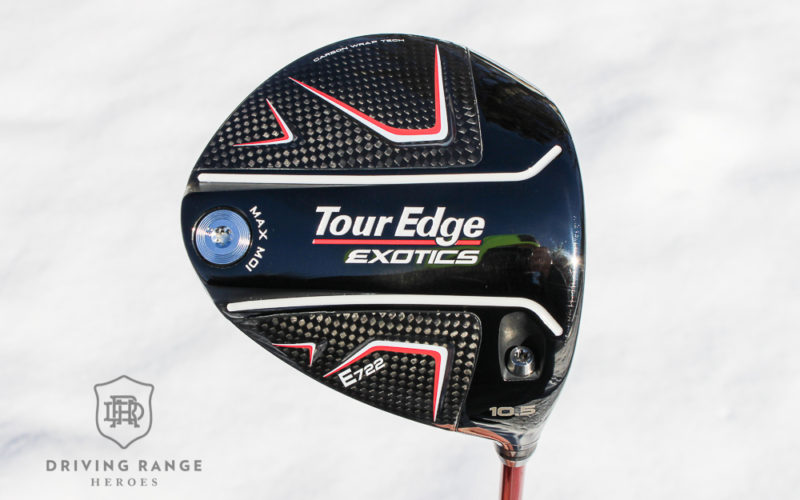
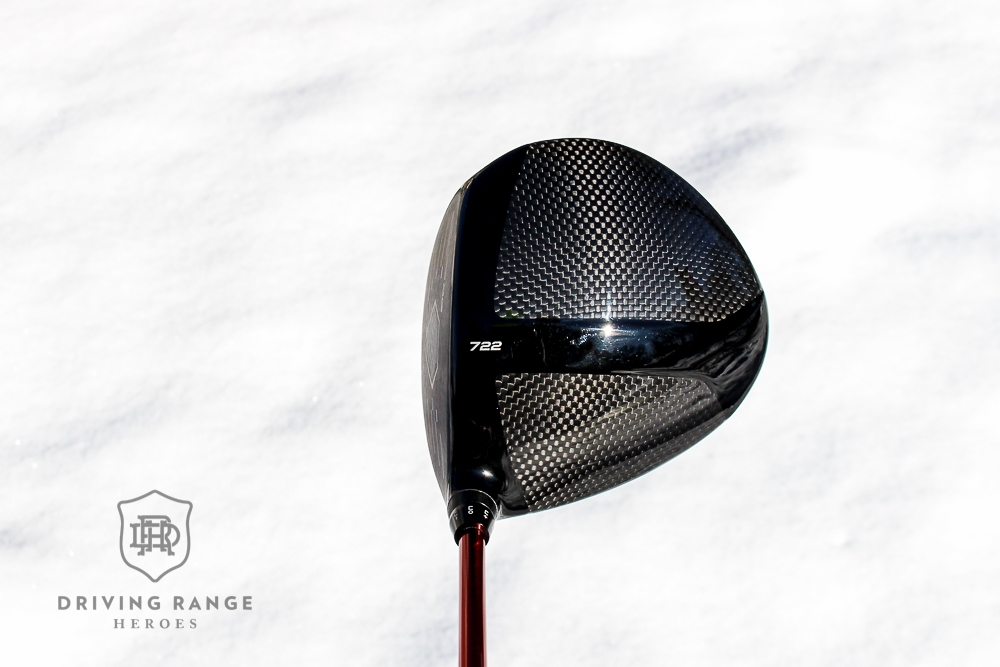
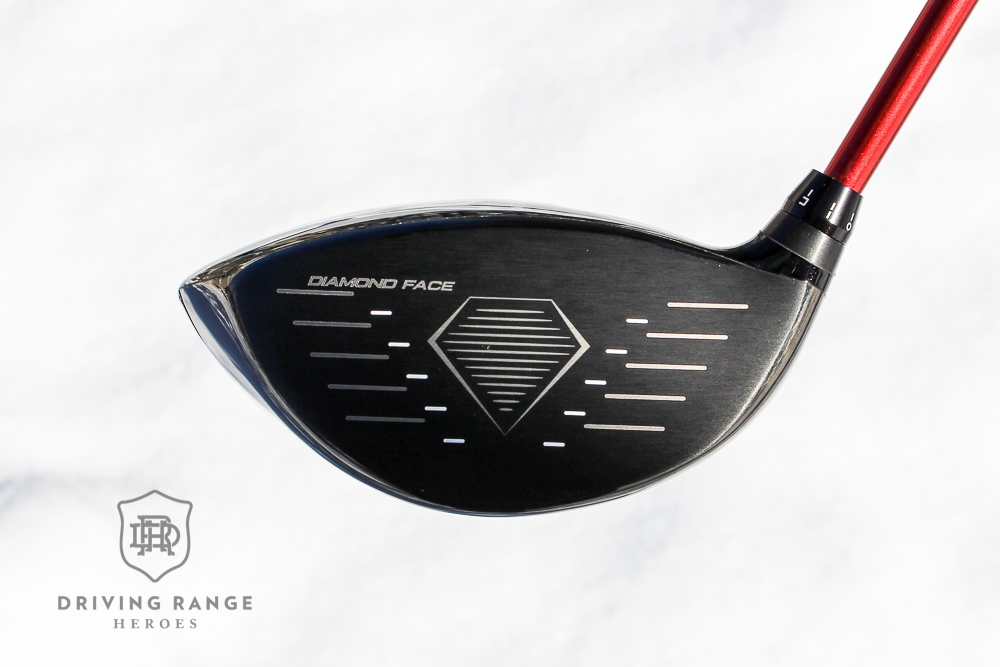

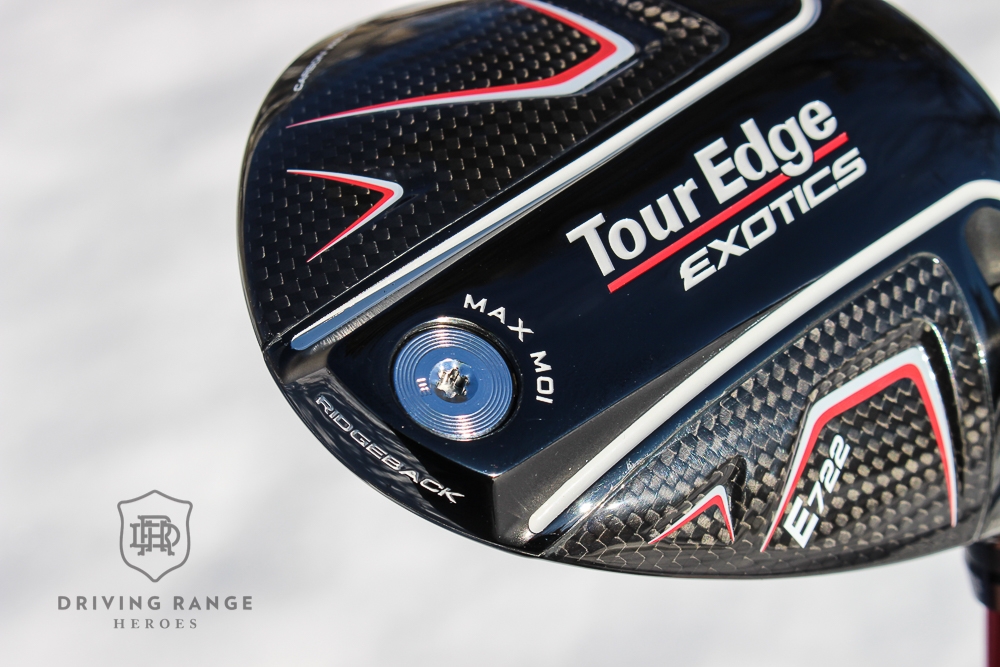
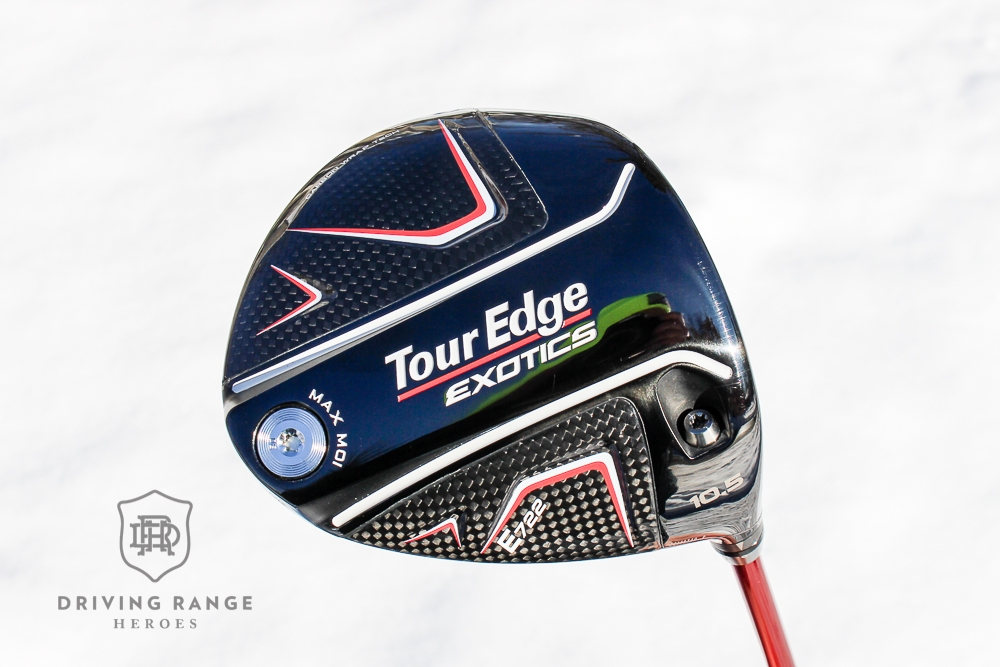
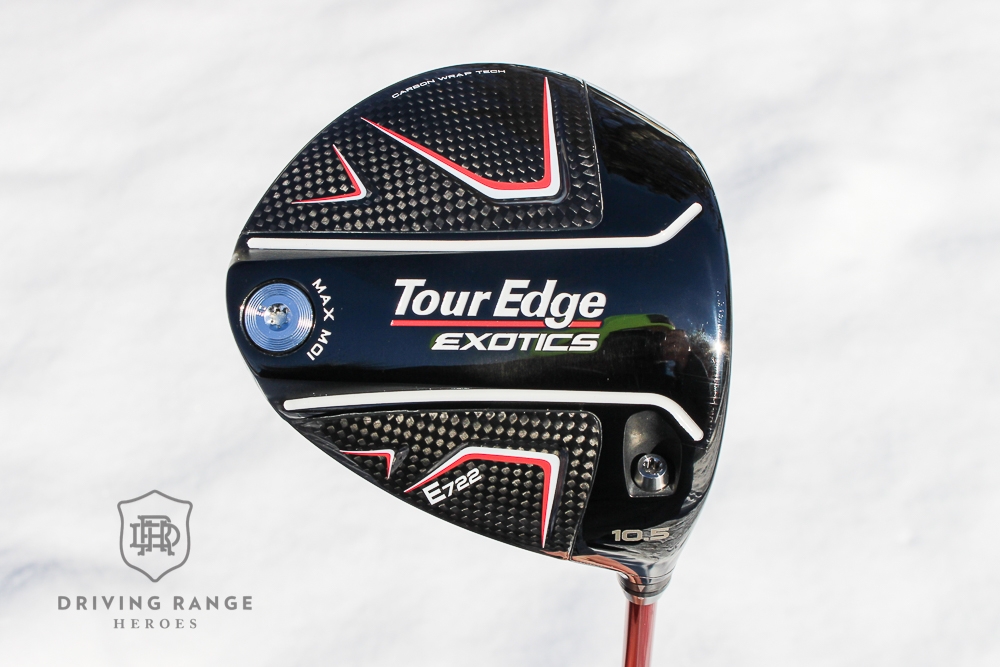
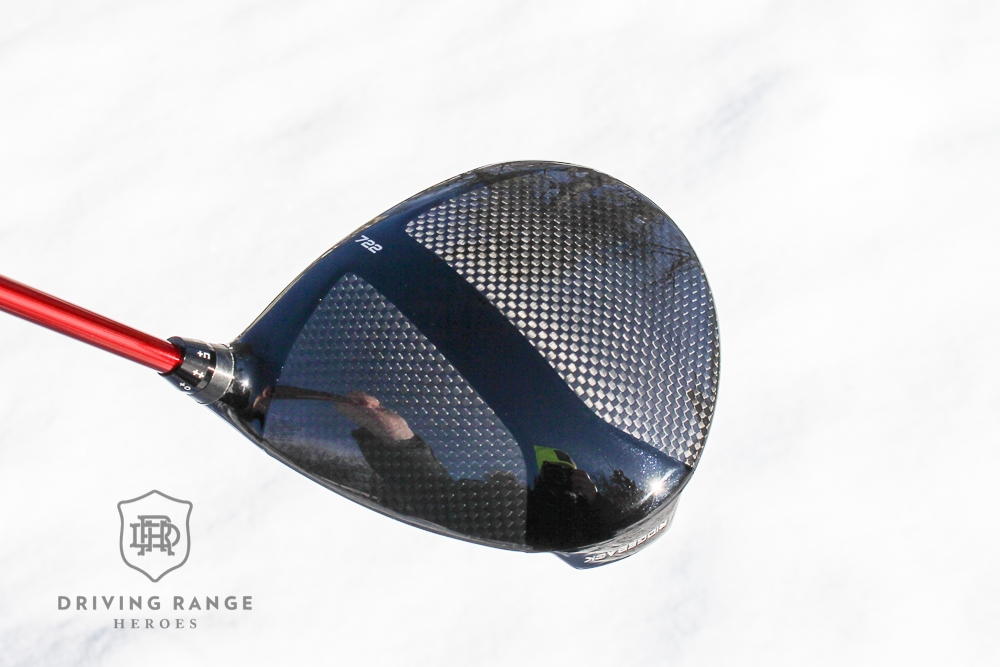
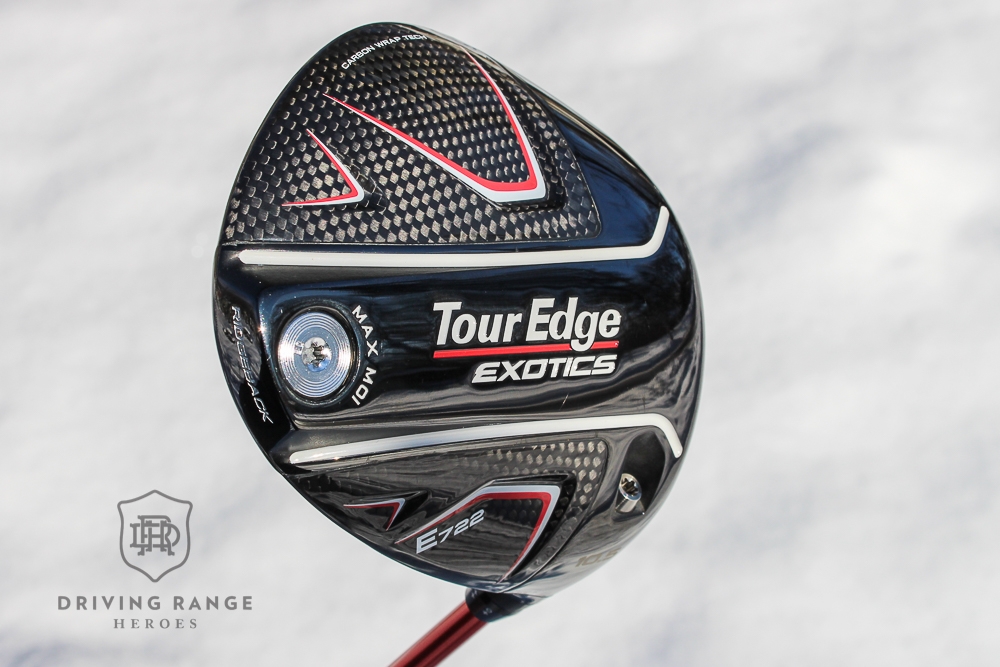
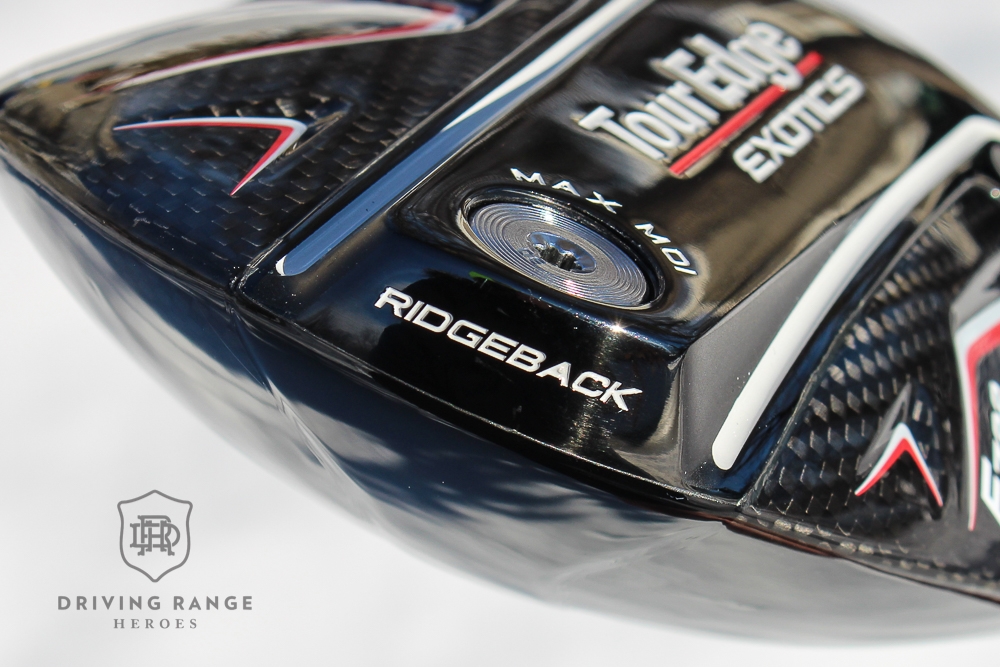
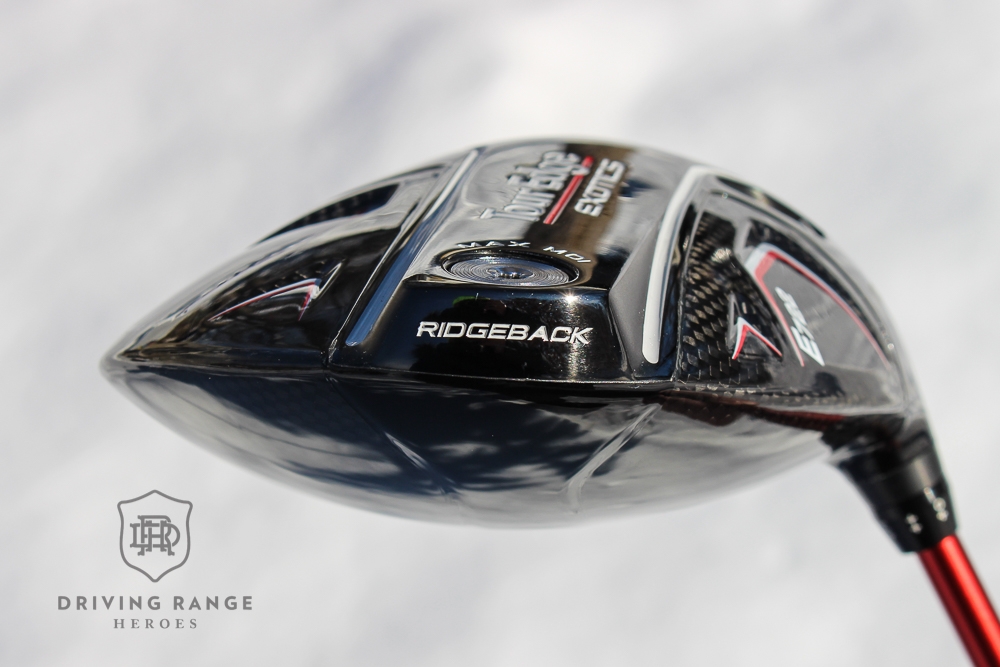
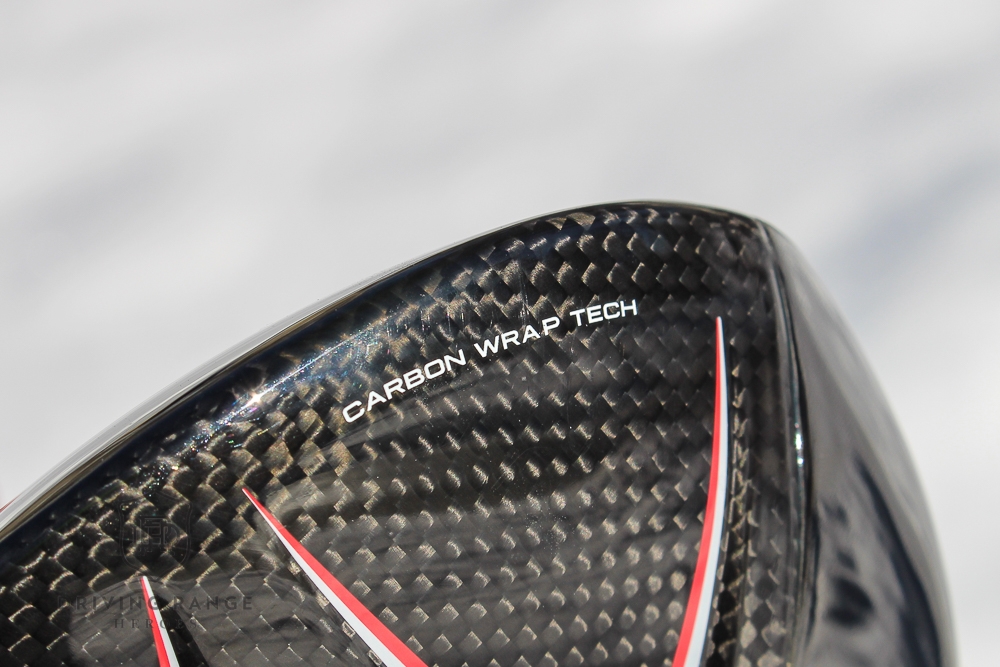
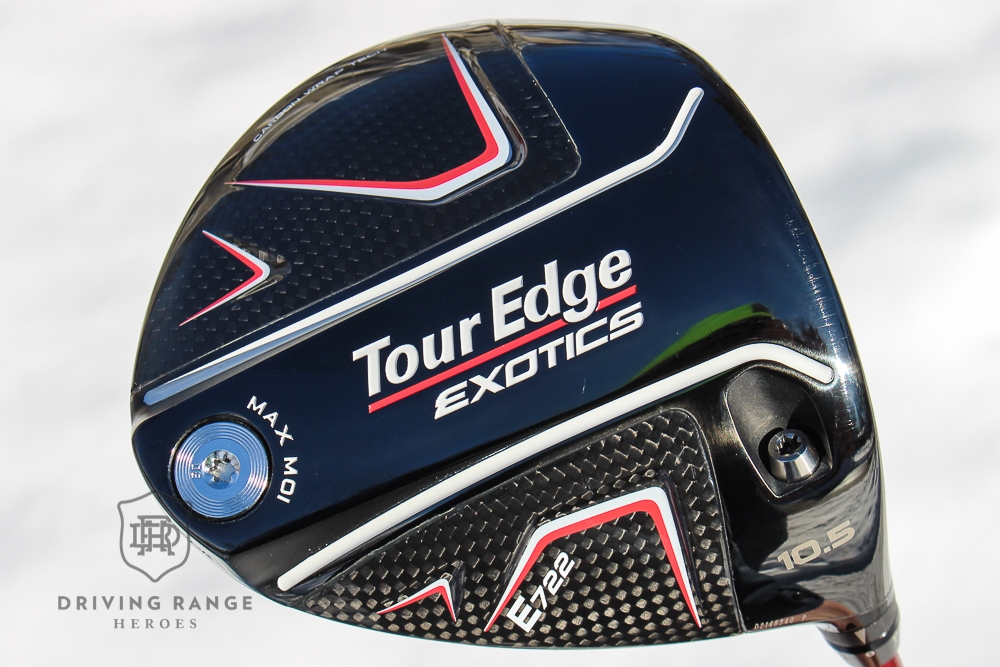
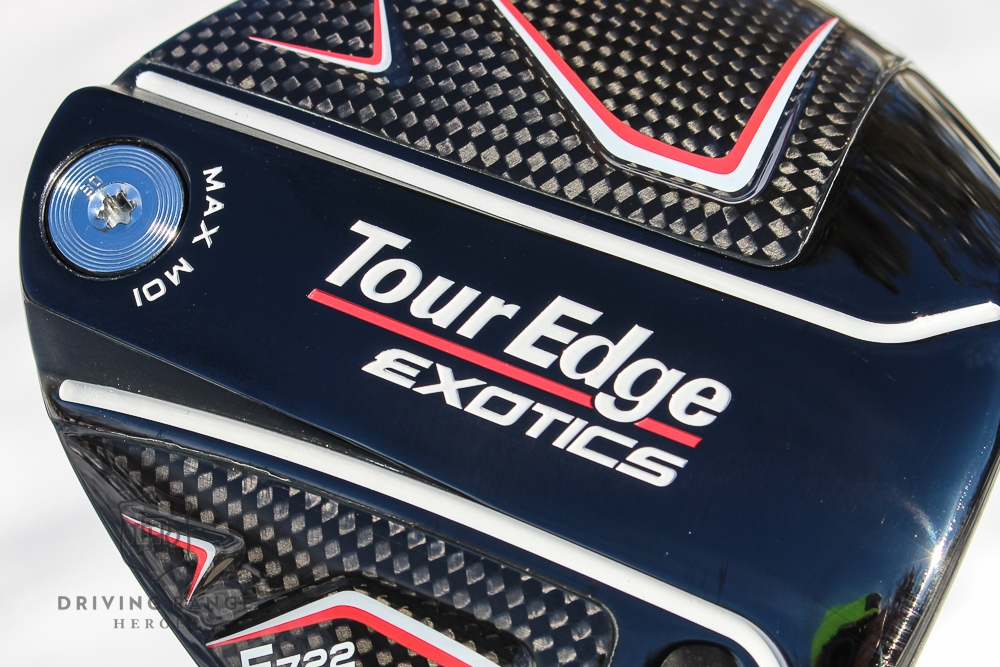
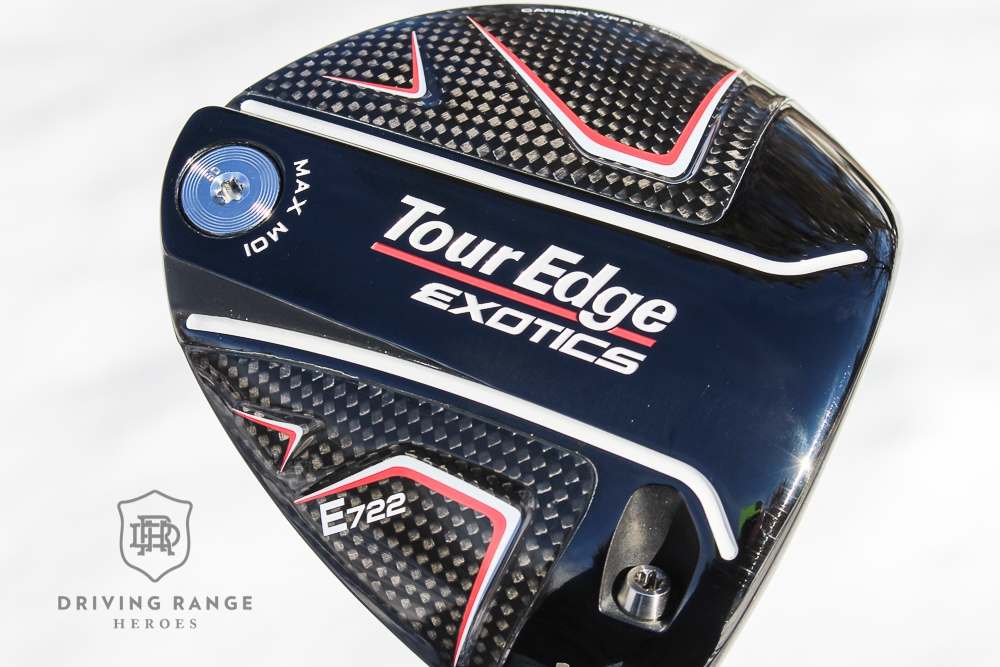
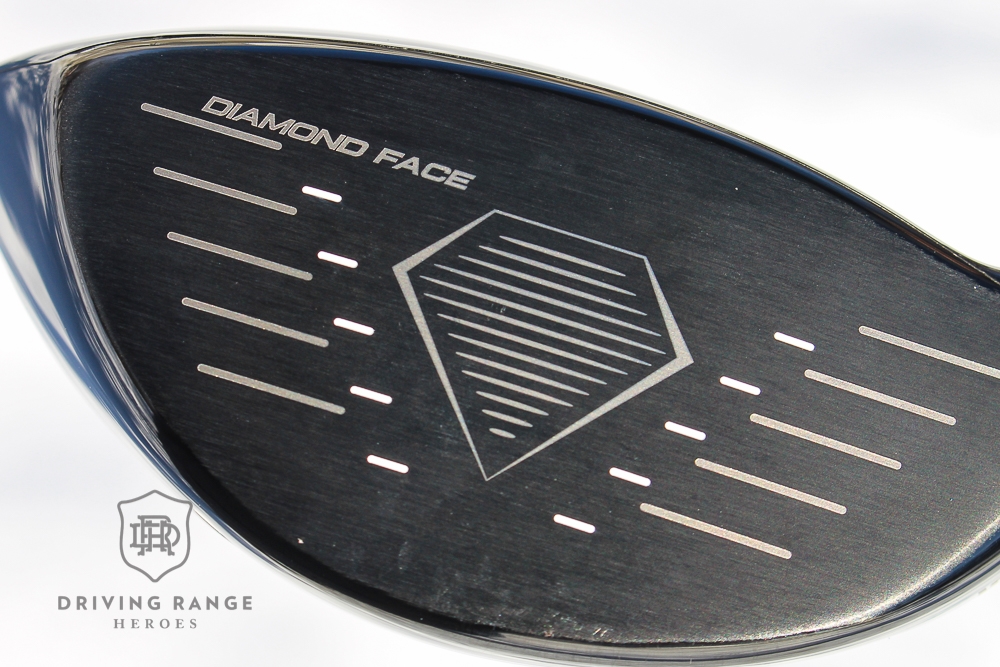
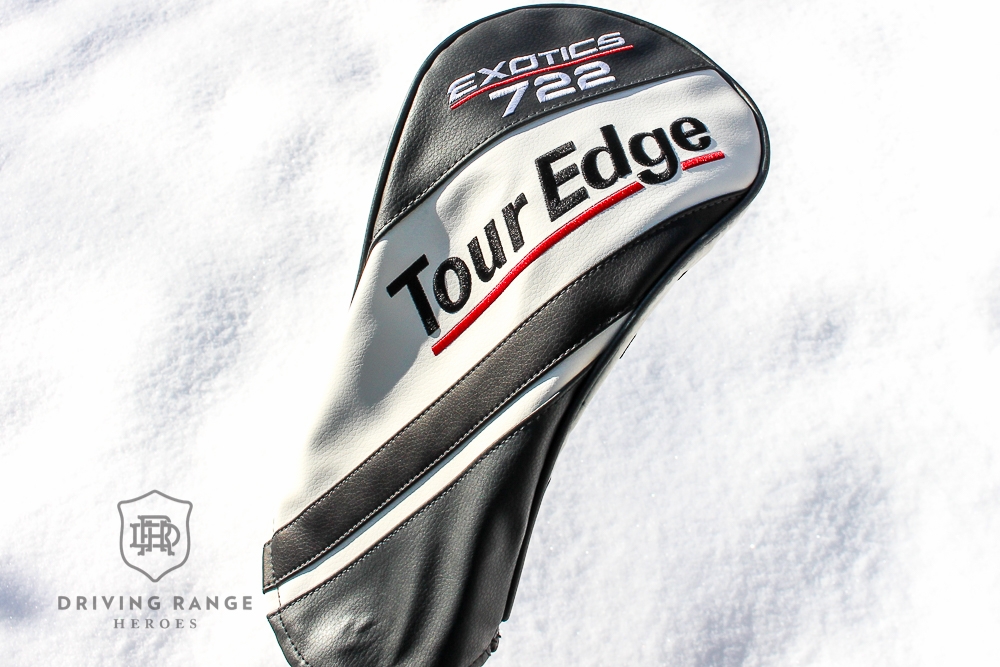

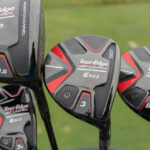
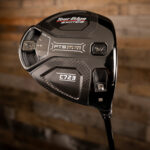
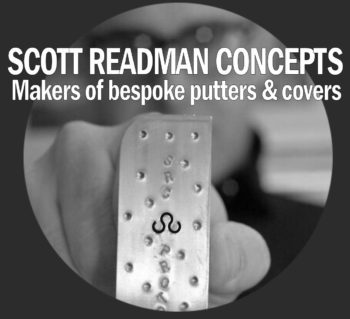











Great review as always, love Tour Edge stuff.
Would be curious to hear your take on the new Exotics C & E spec drivers compared to the Hot Launch C & E spec drivers. If the Exotics line is now producing a C & E spec, what is the purpose of the HotLaunch product line other than maybe providing a more affordable option for golfers?
The Exotics gear is using more premium materials, there’s more adjustability, and more premium shaft options.
The Hot Launch E522 is far more game improvement with more offset than the E722. It’s geared toward players that need/want significant draw bias and higher launch/spin. The E722 is really just a high MOI 460cc driver that is easy to launch and can appeal to players of high skill level as well. For instance, a lot of Champions players will have the E722 in the bag this season, whereas they wouldn’t ever play the HL E522.
What head and shaft would work best for a 70 year old 5′-8″ 80 to 90 mph swing speed player. Handy cap is 12 for 18 holes. I already see any hit exotics irons.
I would say that isn’t enough data to really make an educated guess beyond the SpeedTest suggestions in the Specs section above, which Tour Edge suggested the Fujikura Ventus Red. I’d pick flex based on your miss. If you could use a little help getting the face to square/close, go with the lighter flex.
I just started gaming the Tour Edge E722 driver after brief stints with Taylormade Stealth, Cobra LTDx, and a longer time with a Ping G425. I am a 6 handicap and a senior golfer. I am hitting this as long if not longer and very straight. My misses are way better than the competitors mentioned. The best part though is the feel and sound. I have finally found a long term fairway finder. Very happy.
Mark – what shaft did you end up going with? Curious as I have Some TEE fairways already(prior version). Thanks
What the difference on clubs from the c721 to the e722
The 721 lineup didn’t feature the C and E designation yet. As such, I would say the 721 fairway wood was a little more “middle of the road” – not quite a player’s driver, not quite an ultra forgiving option. The E722 on the other hand is more forgiving, designed for higher launch and spin, a little larger profile, etc.
When I spoke with Tour Edge before the launch of the 722 lineup last season, one of the guys said to me, “the 721 fits into a ‘D’ space, so if it was in this year’s lineup, it would be the D722.” I feel like that’s pretty accurate.
I have an E722 driver. The sound at contact is a very loud and annoying ping! Cannot believe it has any muffling at all. Getting rid of it!!